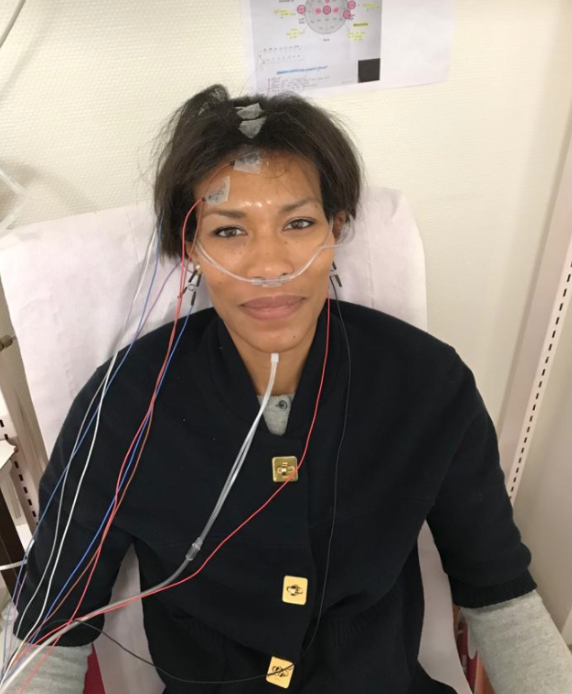What’s new, Doctor: what about ETOC?
Erwan Poivet, Doctor of Organismal Biology and member of the Institut Pasteur’s Memory and Perception Unit, speaks about the ‘olfactory evoked potential’ technique used in the ETOC scientific study.
Remember, as part of the fight against covid, the Per Fumum Endowment Fund has been working for nearly two years with the Pasteur Institute to better understand covid-related anosmia, prevent its risks and study its treatments.
This approach, in conjunction with the Lariboisière Hospital, has resulted in the ETOC study, whose anagram stands for Etude de l’évolution des Troubles Olfactives et Cognitifs (Study of the evolution of Olfactory and Cognitive Disorders).
The aim of this study is to compare the evolution of olfactory and cognitive abilities over time in patients suffering from covid-long. The objective is to understand if the improvement of one of the constants impacts the other and to what extent they evolve together. For this, the technique of measuring ‘olfactory evoked potentials’, already tested at Lariboisière Hospital, is particularly interesting.
This technique consists in recording the cerebral and olfactory activity of a patient in response to the diffusion of a brief odorant stimulation. If this stimulation is detected by the patient, we observe a modification of his cerebral activity by the appearance of a negative wave. Two parameters characterize this negative wave: its “amplitude”, which depends on the concentration of odorant molecules released, and its “latency” which depends on the speed of detection of these molecules by the patient’s olfactory neurons. By comparing the parameters between a healthy patient and a patient with Covid, the researchers can therefore estimate when and in what proportion his sense of smell is affected. And by comparing the evolution of these parameters over time, it also allows us to follow the evolution of a patient’s sense of smell. Thus, patients who recover their sense of smell have a shorter latency than those who show no improvement(1).
These results will make it possible to measure the impact of Covid on the brain through the tropism of the sense of smell and the possible impacts of the disease on the central nervous system. A recent study published in Nature, an international journal dedicated to health research publications, reveals that Covid-long patients report symptoms similar to Alzheimer’s disease(2), which validates the brain damage hypothesis proposed by the “Perception and Memory” team last year(3).

To go further, these tests need to be carried out on a large cohort of patients, which should not be long in coming since the ETOC study has received at the end of December 2021, the precious ‘National Priority label’.
You too can support scientific research related to perfume and the sense of smell, which is crucial to the future of the perfume industry, by making a donation to the Per Fumum Endowment Fund.
Find all the answers to your questions on the website www.fondsperfumum.org or contact us on jesuisdonateur@perfumum.org.
Bibliography cited (free access):
(2) Douaud et al 2022 :
https://www.nature.com/articles/s41586-022-04569-5
(3) Poivet et al 2021 :
bibliography cited (paid access) :
(1) Guo et al 2021
https://link.springer.com/article/10.1007/s00405-021-06683-y